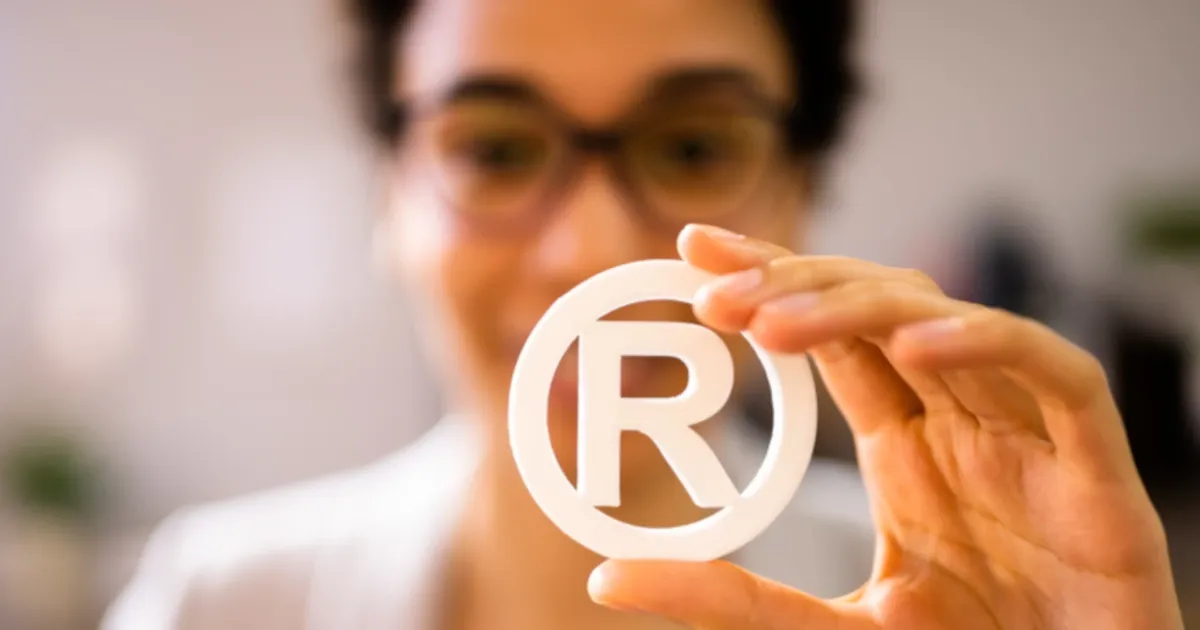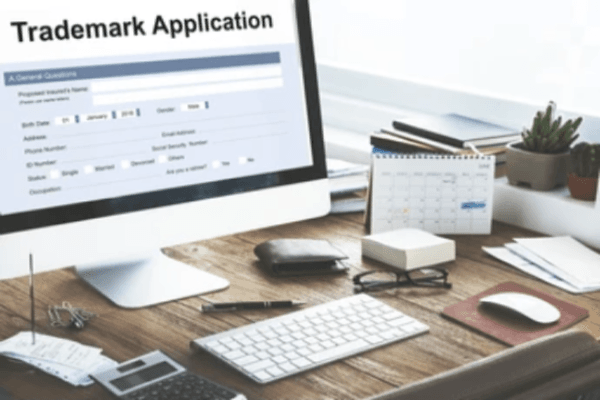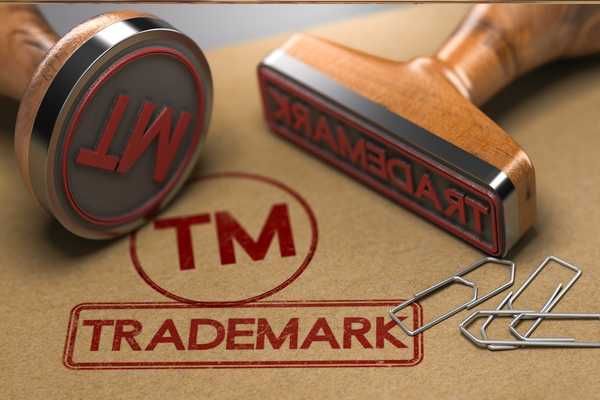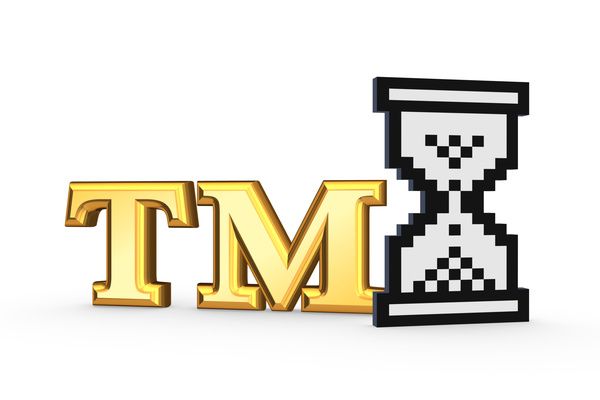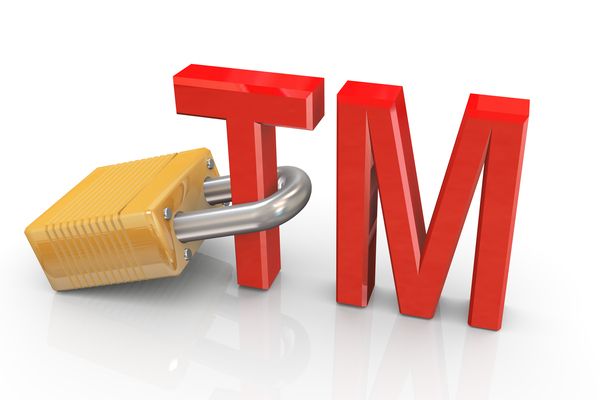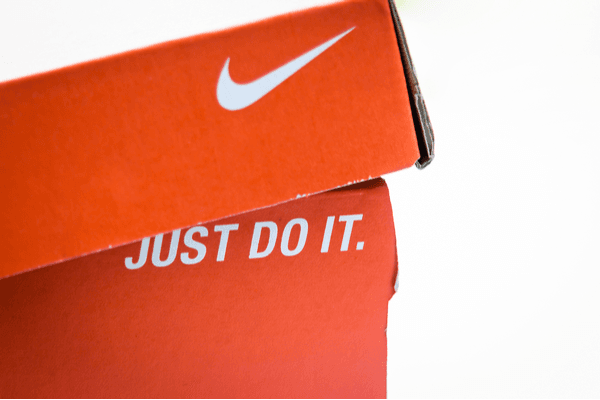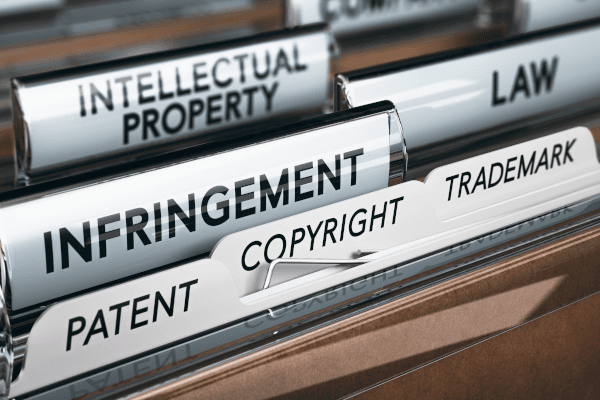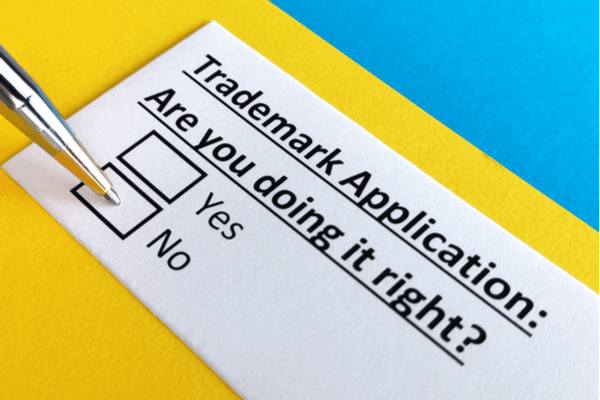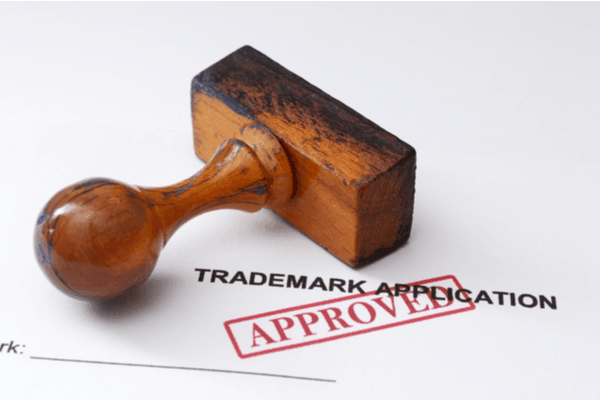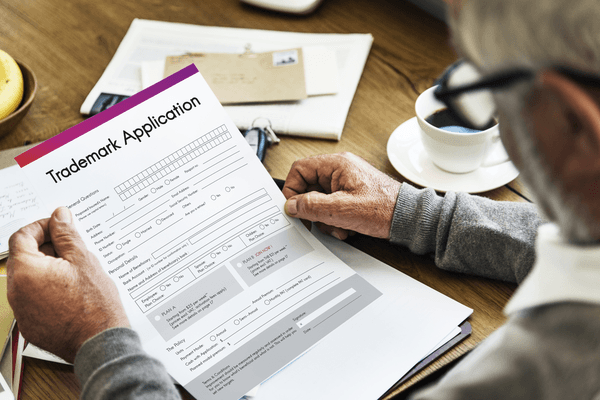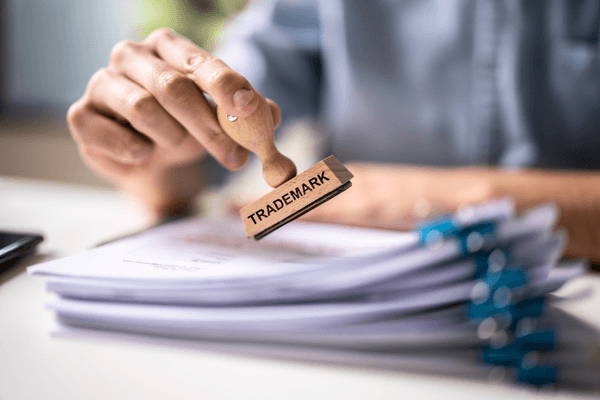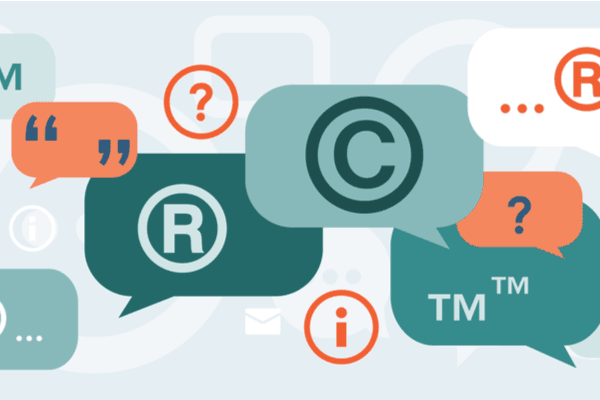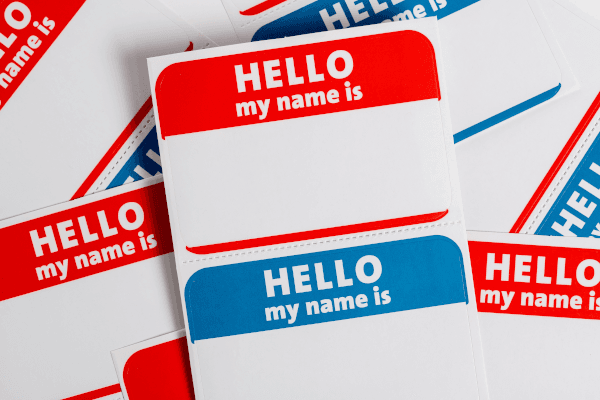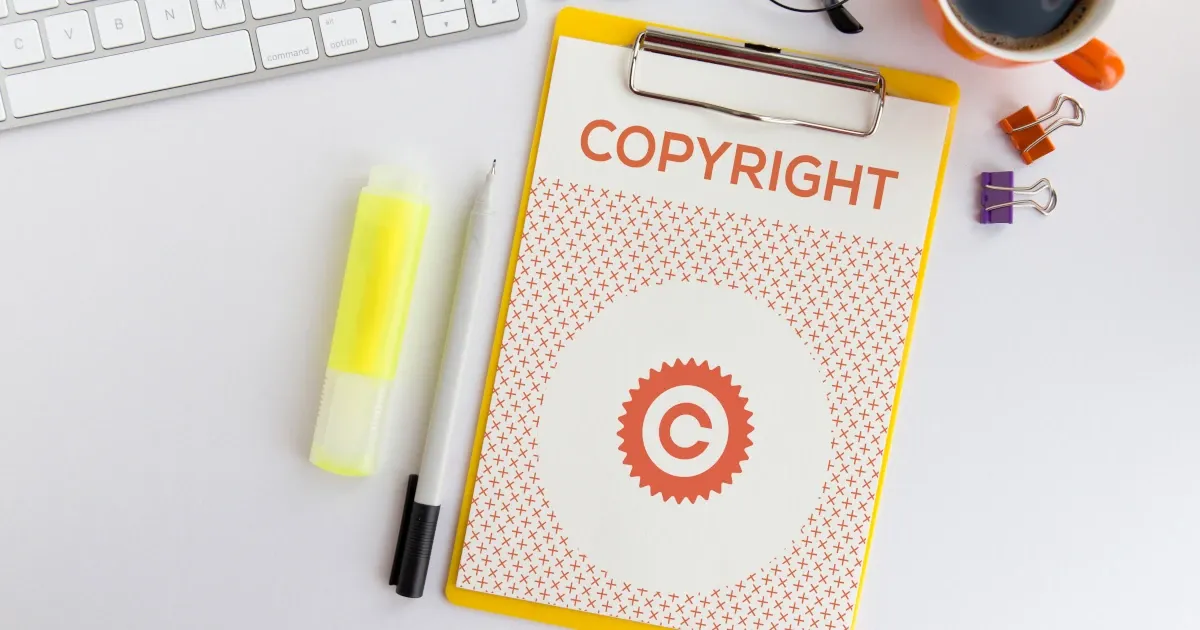How Long Does Trademark Registration Take? Timeline and Stages
Are you ready to start selling but cautious of infringement? Here’s what you need to know about the process of registering a trademark.


Many individuals, companies, organizations, and brands understand the concept of trademark registration, but don’t realize the urgency to register sooner due to the intricacies of the process. It can take a long time to register a trademark, especially if you’re ill-prepared. And sometimes, the delays can hurt your business or brand name.
Understanding how long it takes to secure a trademark can help you plan ahead, protect your brand early, and avoid costly delays. While every application moves at its own pace, most U.S. trademarks follow a predictable pathway. Below is a clear breakdown of each stage, what to expect, and how long the entire process typically takes.
What to Do Before Filing a Trademark Application
Strong preparation is one of the easiest ways to speed up the trademark timeline and prevent delays later.
Conduct a Comprehensive Trademark Search
Before you file, perform a detailed search to identify potential conflicts. This reduces the risk of office actions or refusals caused by similar existing trademarks.
Determine Your Filing Basis (Use-in-Commerce vs Intent-to-Use)
- Use-in-Commerce: Faster, since you already use the mark.
- Intent-to-Use: Adds extra steps later (e.g., Statement of Use).
Prepare a Distinctive and Registrable Trademark
Generic or descriptive trademarks often lead to rejections or delays. Strong, unique marks move through the system faster.
Identify the Correct Classes of Goods/Services
Selecting the wrong class or incomplete descriptions can cause office actions and extend the timeline.
Trademark Registration Steps
After you research the USPTO database for similar marks, you’re ready to start the application process. There are only five main steps required to register a trademark.
Here’s a rough outline of what happens during the trademark registration process:
- Submit the application to the USPTO.
- Wait for an attorney to review the application.
- Respond to any issues that the examining attorney has.
- Wait for the trademark to be published in the Trademark Official Gazette.
- Provide proof of commercial use with the trademark if you didn’t submit this with your application.
- Receive the certificate of registration.
Issues That May Delay Trademark Registration

Some complications can extend the process.
Substantive or Procedural Office Actions
Requests for clarifications, legal concerns, or technical errors must be resolved before your application moves forward.
Likelihood of Confusion With Existing Marks
If your mark is too similar to another, the examiner may refuse it.
Descriptiveness or Weak Trademark Issues
Descriptive marks take longer and sometimes require additional evidence.
Oppositions Filed During Publication
Legal disputes from third parties can significantly delay registration.
Errors or Incomplete Application Information
Even small mistakes can trigger office actions.
Slow Responses from Applicant
Delays in responding to USPTO requests directly lengthen your timeline.
How a Trademark Opposition May Unfold
The registration process itself isn’t too complicated. But understanding what applications to file and how to resolve disputes can make the difference between getting your certificate in 12 months or three years. If someone believes your trademark conflicts with theirs, they may file an opposition.
- Filing of Notice of Opposition
This must occur during the 30-day publication window.
- Applicant Response Requirements
You must respond or risk losing your filing.
- Discovery, Evidence, and Legal Motions
Opposition proceedings can resemble mini-trials involving evidence and arguments.
- When Negotiation or Settlement Happens
Many oppositions settle before reaching a final decision.
- Timeline Impact of Opposition Proceedings
An opposition can add several months, or even years, to the process.
- Reasons to File Your Trademark Application Early
Early filing helps secure your rights quickly and reduces risk.
- Protect Your Brand Before Launch
Filing early prevents competitors from registering similar marks.
- Secure Priority Rights and Reduce Risk
Your filing date becomes your priority date.
- Prevent Competitors From Claiming Similar Marks
You stake your claim early in the marketplace.
- Shorten Time to Full Legal Protection
The sooner you file, the sooner the protection begins.
Costs to Expect Throughout the Trademark Process

Registering a trademark isn’t free, but it doesn’t have to be expensive. It all comes down to your unique process.
In general, filing fees for a mark in use are around $350 per class. If you want to register a brand and protect your rights over the commercial use of different products, you may have to pay multiple fees for separate classes. If you filed an Intent to Use application, it might cost you an additional $100 per trademark class when you file your Statement of Use.
- USPTO Filing Fees by Class
Fees vary depending on the number of classes you apply for.
- Additional Costs for Intent-to-Use Filings
Statements of Use or extensions add extra fees.
- Possible Opposition or Legal Representation Fees
If someone opposes your mark, you may incur legal expenses.
- Costs for Maintaining and Renewing a Trademark
Trademarks require maintenance filings at regular intervals.
Bottom Line
Securing a trademark is one of the most effective ways to protect your brand identity. While the process can take time, filing early, preparing properly, and understanding each step can make the journey smoother and faster. Whether you handle the process yourself or seek professional support, knowing what to expect helps ensure your trademark is protected for years to come.
Ready to Secure Your Trademark? Contact our specialists today for expert guidance on your registration timeline. Start protecting your brand now.
If you’re looking for some extra guidance, Trademark Engine can personalize a trademark application that suits your needs and can pass any scrutiny. Don’t hesitate to reach out to learn more about how to shorten the timeline for completion and protect yourself from any opposition.
Frequently Asked Questions
Can Your Trademark Be Expedited?
Standard USPTO processing follows normal timelines (4-6 months to examination), with limited expedited options for emergencies only. Focus on complete applications to avoid delays.
What Happens If Your Application Is Rejected?
Receive an Office Action with issues; respond within 6 months with arguments or amendments. Most rejections resolve, though they add 2-6 months.
How Long Does a USPTO Opposition Take?
Oppositions average 6 months to a TTAB decision, but complex cases extend 12-18+ months. Settlements can shorten this significantly.
How Long Does It Take to Get a Trademark Certificate?
Typically 12-18 months from filing to certificate, with 4.7 months average to first exam. Smooth cases finish in 12 months.
Trademarket Blog
Everything you need to know about starting your business.
Each and every one of our customers is assigned a personal Business Specialist. You have their direct phone number and email. Have questions? Just call your personal Business Specialist. No need to wait in a pool of phone calls.

